What are the greenest cities in the UK? London’s new plan to become a “zero-emission” city by 2050
If you ever wondered how clean your city really is, now is the time to check the “green” list of 10 major UK cities, analyzed by Britain’s Real ‘Green & Pleasant’ project. The study, commissioned by property website Goodmove, calculated how environmentally friendly these cities really are, taking into account factors such as green space, recycling and carbon emissions produced.
Bristol
Carbon emissions – 1,863,000 tonnes
Recycling – 44%
Green space – 29%
Gas consumption – 21,256 kw/h
Green party seats – 16
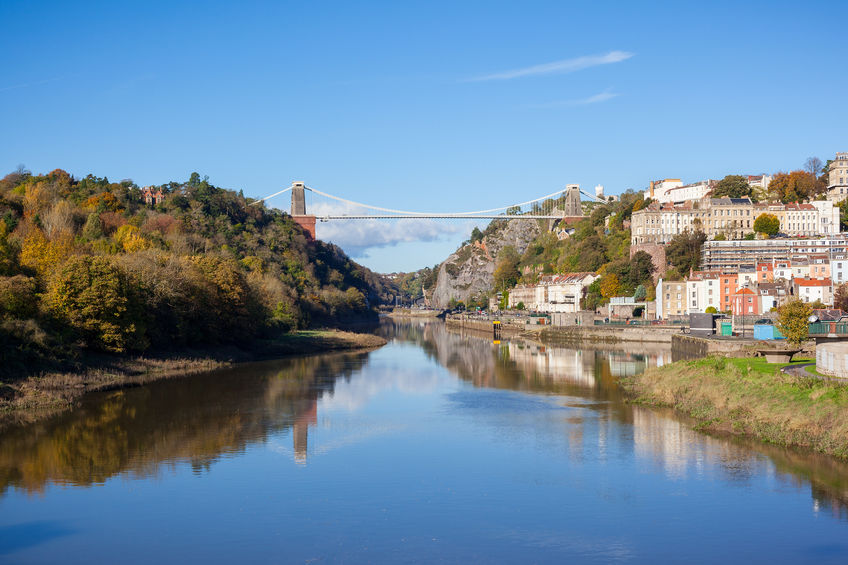
Bristol has over 400 gardens and parks, so there is plenty of opportunity for exploringthe beautiful green space the city has to offer.
Edinburgh
Carbon emissions – 2,066,000 tonnes
Recycling – 42%
Green space – 49%
Gas consumption – 18,554 kw/h
Green party seats – 14
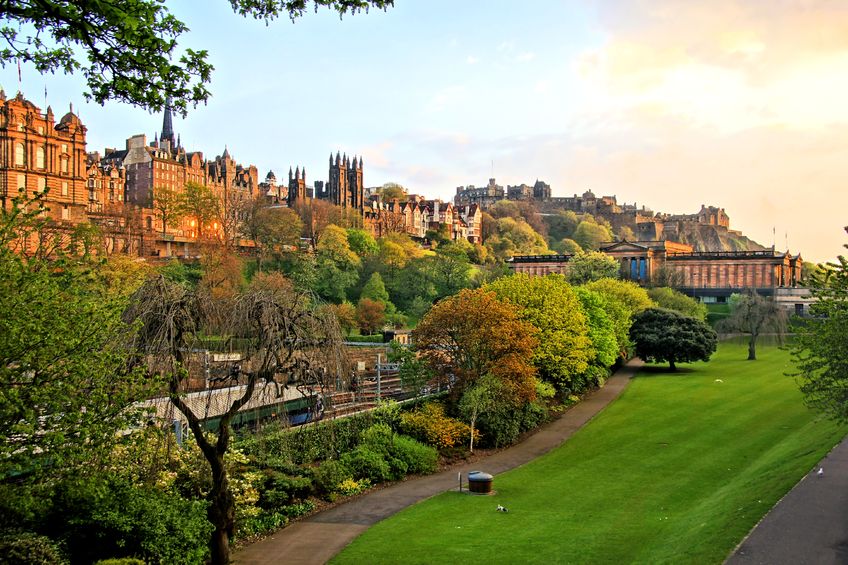
Edinburgh has 30 parks with Green Flag status, which is a scheme that recognises and rewards the best parks and greenspaces in Britain.
Glasgow
Carbon emissions – 2,996,000 tonnes
Recycling – 26%
Green space – 32%
Gas consumption – 18,704 kw/h
Green party seats – 8

The Glasgow Recycle and Renewable Energy Cntre aims to deliver a saving of 90,000 tonnes of CO2 produced every year in the city.
Greater London
Carbon emissions – 1,036,000 tonnes
Recycling – 31%
Green space – 23%
Gas consumption – 16,880 kw/h
Green party seats – 0

Bright yellow recycling bins have been placed around the city in a bid to collect five million disposable coffe cups by the end of the year.
Sheffield
Carbon emissions – 2,789,000 tonnes
Recycling – 29%
Green space – 22%
Gas consumption – 19,620 kw/h
Green party seats – 5

The Grade II listed Sheffield Botanical Gardens is home to over 5,500 different species of plants. The gardens are just one of over 80 parks and green spaces Sheffield has to offer.
Bradford
Carbon emissions – 2,381,000 tonnes
Recycling – 40%
Green space – 18%
Gas consumption – 21,256 kw/h
Green party seats – 3
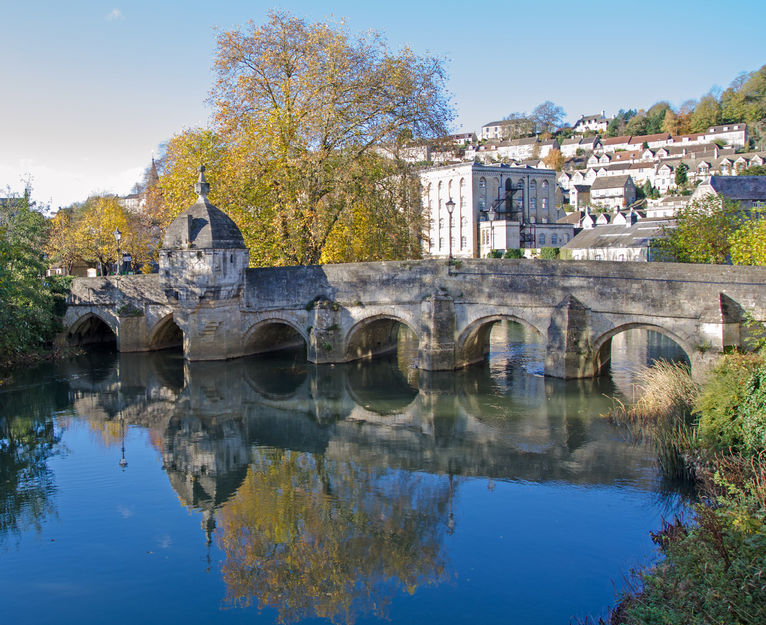
An all in one recycling scheme has been introduced in Bradford and it aims to make recycling easier for residents. The scheme allows them to recycle more items and most recyclables can now go in one bin.
Manchester
Carbon emissions – 2,401,000 tonnes
Recycling – 32%
Green space – 20%
Gas consumption – 18,696 kw/h
Green party seats – 0

This town’s residents can benefit from the Home Energy Loan Plan, a scheme that can help pay for energy efficient home improvements for residents.
Leeds
Carbon emissions – 4,282,000 tonnes
Recycling – 38%
Green space – 22%
Gas consumption – 19,996 kw/h
Green party seats – 3
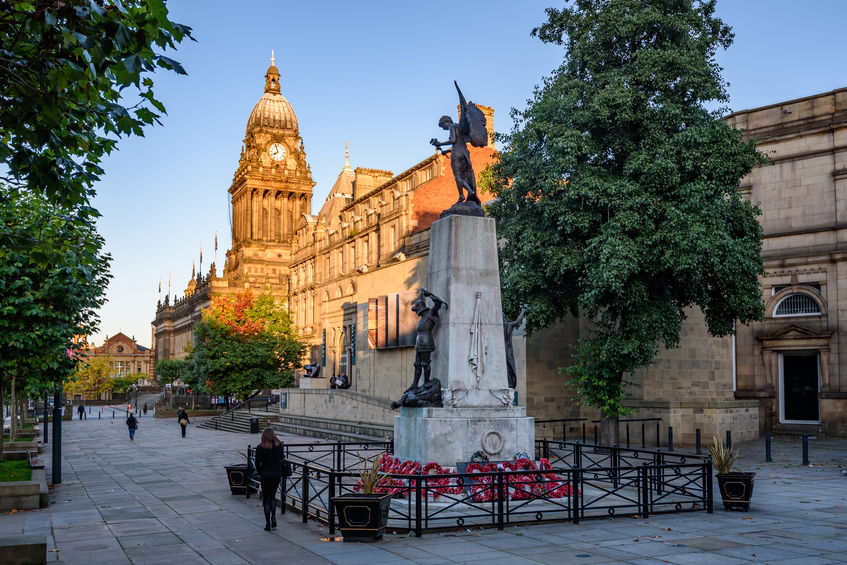
The Leeds Metal Matters campaign has been introduced to help improve on metal recycling in the city. Last year households recycled almost 2,000 tonnes of metal and Leeds City Council wants to improve on this.
Liverpool
Carbon emissions – 2,066,000 tonnes
Recycling – 29%
Green space – 16%
Gas consumption – 18,704 kw/h
Green party seats – 4

Liverpool City Council aims to reduce CO2 emissions the city produces by 35% by 2024.
Birmingham
Carbon emissions – 4,887,000 tonnes
Recycling – 23%
Green space – 25%
Gas consumption – 20,712 kw/h
Green party seats – 0
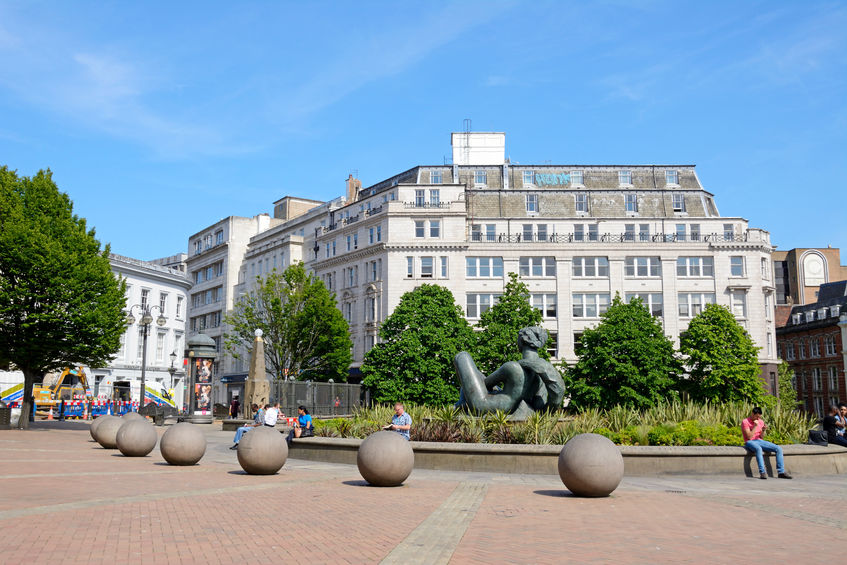
Birmingham has a target of 60% reduction in the total CO2 emissions produced in the city by 2027.
New plans to make London even greener
This latest study came just a day after Sadiq Khan announced plans to make London a greener city by introducing new rules to make London “zero-emission” by 2050.
Proposals in the draft strategy include:
• Delivering more frequent Tube services to achieve a fast, accessible, affordable and reliable network across the whole of London. Major investment across the entire Tube network will see the completion of new signalling and more frequent services on the Metropolitan, District, Circle and Hammersmith & City lines, while further improvements on the Jubilee, Northern and Victoria lines will see them offer one of the most frequent services in the world by 2023. The modernisation of the Piccadilly, Central, Bakerloo and Waterloo & City lines will also begin by the mid-2020s and see new trains and more frequent services delivered to increase capacity and improve reliability.
• Expanding the transport network, helping to improve journeys and unlock housing developments and create thousands of jobs across London. The Elizabeth line, set to open next year, will make cross-London travel easier and more accessible, and increase rail capacity in central London by 10 per cent. TfL will also take forward extensions to the Bakerloo line to Lewisham and beyond, which will provide extra capacity on the Tube for 65,000 journeys during the morning and evening peak, as well as extending the London Overground to Barking Riverside, the Northern line to Battersea and the DLR across the Thames to Thamesmead. New river crossings in east London, such as the public transport focused Silvertown Tunnel and the Rotherhithe to Canary Wharf pedestrian and cycle crossing, will also deliver significant boosts to the capital.
• Forging ahead with Crossrail 2, which is vital to the success of the wider UK economy by creating 1.2 million new jobs and more than one million new homes. To ensure that London and the wider south east can cope with future demand, the Government must immediately give the go-ahead for Crossrail 2. Once delivered the new rail line would relieve pressure on the transport network across the south of England, enabling 270,000 more people to travel into and across central London every morning at peak time, and will drive the development of 200,000 homes and 200,000 new jobs across the south east.
• Transform London’s streets and cut car journeys by three million each day. A major focus on helping Londoners reduce their reliance on cars aims to increase the proportion of people walking, cycling and taking public transport to 80 per cent of journeys by 2041. The Healthy Streets Approach will change the face of London’s streets, making them better places to walk and cycle, cleaner, safer and quieter. There will be a record investment in walking and cycling, Liveable Neighbourhoods, and building developments designed around walking, cycling and public transport as the Mayor aims for all Londoners to do at least the 20 minutes of active travel they need to stay healthy each day.
• Working to ensure London’s entire transport system is zero emission by 2050. To help support the Mayor’s wider ambition to radically improve air quality across London and make London a zero emission city. TfL will work to make London’s entire road transport system zero emission by 2050 at the latest. This will be delivered through a phased approach, following wide-spread public consultation and building on the forthcoming introduction of the Ultra Low Emission Zone and the T-charge. This includes delivering central London and town centre zero emission zones from 2025, creating a zero emission zone in inner London by 2040 and a London-wide zone by 2050. TfL will lead by example, with the aim that all taxis and PHVs will be zero emission capable by 2033 and buses will be zero emission by 2037. It will also require the Government to incentivise the uptake of zero emission vehicles and provide funding to ensure sufficient and appropriate charging and refuelling infrastructure both in London and across the UK.
• Maintain investment in London’s extensive bus network to keep it one of the finest in the world and fully zero emission by 2037. Buses can move 70 people in the same amount of space taken up by about three cars. As well as making it easier for passengers to plan their journeys, bus routes in central London are being changed to give more reliable journeys. Excess capacity will be used to serve new opportunity areas in inner and outer London where they will support new housing and jobs. Improved driver training, easier access to journey data and additional bus priority measures will also be introduced to improve the experience of using buses. From next year, all new double-deck buses will be hybrid, electric or hydrogen. This constant focus on only buying the greenest, cleanest buses. In central London, all double-deck buses will be hybrid by 2019 and all single-deck buses will emit zero exhaust emissions by 2020. By2037 at the latest, all 9,200 buses across London would be zero emission.
• Creating a London suburban rail metro service to radically improve rail travel in outer London. The Mayor and TfL are making the case to Government for devolution of stopping suburban rail services from mainline central London stations, while continuing to work with Train Operating Companies within the capital to deliver a better suburban rail network. By the late 2020s journey times could improve by 15 per cent and peak period capacity from south London to central London could be increased by up to 124,000.
• Delivering a ‘Vision Zero’ approach in London to make its streets safer for all. Minimising road danger is fundamental to the creation of streets where everyone feels safe walking, cycling and using public transport. This radical change to how London approaches road danger will aim for no one to be killed in or by a London bus by 2030, and for all deaths and serious injuries from road collisions to be eliminated from London’s streets by 2041.
• Improving accessibility across London to enable all Londoners, including disabled and older people, to travel spontaneously and independently. The Mayor and TfL will work hard to halve the additional journey time required by those using step-free network only, so that journey times on the step-free network become comparable to those on the wider transport network. This work will see more Tube and rail stations made fully accessible, while improvements to the DLR and London Tram, both of which are already 100 per cent fully accessible, will make it easier for people with a disability to just turn-up-and-go.
• Take advantage of the latest innovations to improve passenger experiences. Innovations are essential toattracting Londoners to public transport, walking and cycling and TfL will make the most of new technology and innovations in customer service. This includes improving staff service by ensuring they have the latest real-time information to hand, improving training, providing a more consistent level of service across all transport modes, and delivering 4G mobile communications to the London Underground – one of the most high profile ‘not spots’ in the country.
• Securing new revenue sources to support the delivery of vital transport infrastructure across the capital. From 2018, TfL will no longer get a revenue grant from Government and rely more heavily on fares and income from advertising and commercial development. To ensure future transport schemes, such as Crossrail 2, go ahead and deliver the homes and jobs the region needs, the Government equally needs to allow greater use of Business Rate Retention, as well as approving additional powers, including Vehicle Excise Duty in London, to create a fairer way of funding transport schemes. Failure to do so could lead to London losing its place as a world-leading capital city and risk businesses opting to relocate as a result.